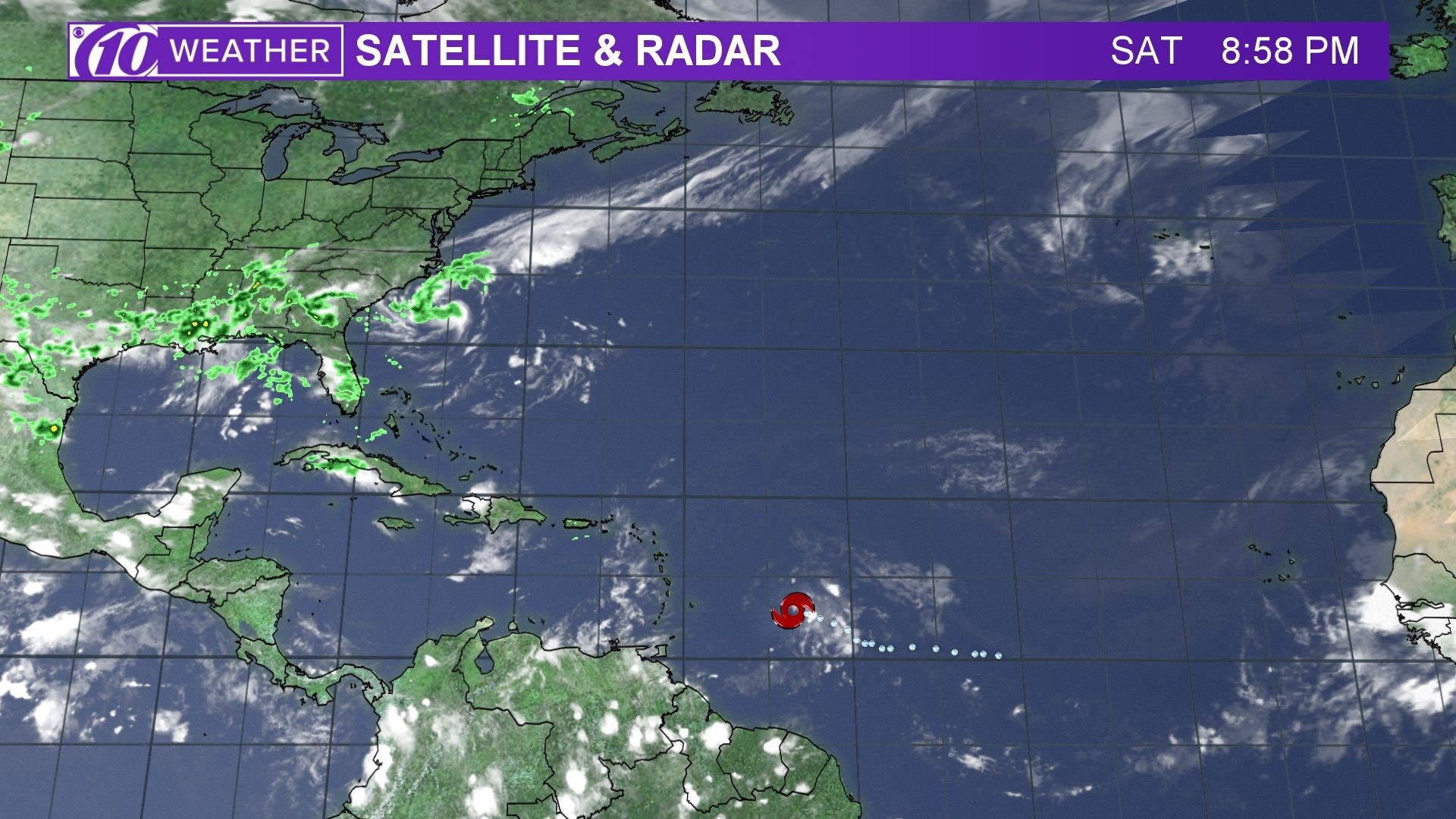Track and Forecast Tropical Storm Beryl

Tropical storm beryl spaghetti models – Tropical Storm Beryl, the second named storm of the 2023 Atlantic hurricane season, formed on July 5, 2023, over the western Atlantic Ocean. As of July 6, 2023, the storm is located approximately 1,000 miles east of the Lesser Antilles, with maximum sustained winds of 60 mph. Beryl is moving west-northwest at 12 mph.
Spaghetti Models
Spaghetti models are computer simulations that predict the potential paths of tropical storms and hurricanes. These models are based on a variety of factors, including the storm’s current location, intensity, and movement, as well as the forecast wind patterns in the atmosphere. While spaghetti models can be helpful for providing a general idea of where a storm might go, it is important to note that they are not always accurate. The actual path of a storm can be influenced by a number of factors that are difficult to predict, such as changes in wind patterns and the interaction of the storm with land.
The spaghetti models for Tropical Storm Beryl show a wide range of possible paths for the storm. Some models predict that Beryl will turn north and head towards the Lesser Antilles, while others predict that it will continue on a west-northwest track and eventually make landfall in the southeastern United States. It is too early to say with certainty which of these paths is most likely, but the spaghetti models provide a useful tool for tracking the storm’s progress and assessing the potential risks.
Projected Landfall Locations and Arrival Times
The following table compares the spaghetti models’ projected landfall locations and arrival times for Tropical Storm Beryl.
| Model | Projected Landfall Location | Arrival Time |
|---|---|---|
| GFS | Lesser Antilles | July 9, 2023 |
| ECMWF | Southeastern United States | July 11, 2023 |
| HWRF | Bermuda | July 10, 2023 |
It is important to note that these are just projections, and the actual path of Tropical Storm Beryl could change significantly. Residents in areas that could be affected by the storm should monitor its progress closely and follow the instructions of local officials.
Impact Analysis of Tropical Storm Beryl

Tropical Storm Beryl poses potential threats to coastal communities along its projected path. Impacts may include storm surge, flooding, and wind damage.
Vulnerable Areas and Risk Assessment
Vulnerable areas include low-lying coastal regions, estuaries, and areas with inadequate drainage systems. These areas face elevated risks of flooding and storm surge.
Infrastructure, property, and human life are at risk in these vulnerable areas. Buildings, roads, bridges, and other structures may be damaged or destroyed by high winds and flooding. Power outages, disruptions in communication, and transportation delays are also likely.
A map highlighting the areas at highest risk is crucial for evacuation and preparedness measures.
Evacuation and Preparedness Measures, Tropical storm beryl spaghetti models
Evacuations should be considered for residents in high-risk areas. Emergency plans should be in place, including designated evacuation routes and shelters.
Residents should secure loose objects, bring in outdoor furniture, and prepare emergency kits with essential supplies such as food, water, first aid, and medications.
Stay informed about the storm’s progress through official sources and local media. Follow instructions from local authorities and emergency responders.
Historical Context and Comparison to Past Storms: Tropical Storm Beryl Spaghetti Models

Tropical Storm Beryl shares similarities with other storms that have impacted the region in the past. By examining historical data, we can identify patterns and trends that inform preparedness and response efforts.
Characteristics and Impacts
Beryl’s intensity and projected track resemble those of Tropical Storm Fay (2008) and Hurricane Joaquin (2015). Fay caused significant flooding and power outages, while Joaquin brought destructive winds and storm surge. Analyzing these past storms provides insights into the potential impacts of Beryl and helps authorities develop targeted mitigation strategies.
Storm Intensity and Track
Historical data reveals a trend of increasing storm intensity in the region. Storms like Hurricane Matthew (2016) and Hurricane Dorian (2019) reached major hurricane status, causing widespread devastation. Comparing Beryl’s intensity to past storms allows forecasters to predict its potential severity and issue timely warnings.
Landfall and Impacts
The landfall location and timing of Beryl are crucial factors in determining its impacts. Past storms that made landfall in similar areas, such as Hurricane Irma (2017), resulted in extensive damage to infrastructure and property. By studying the historical record, authorities can anticipate the potential consequences and allocate resources accordingly.